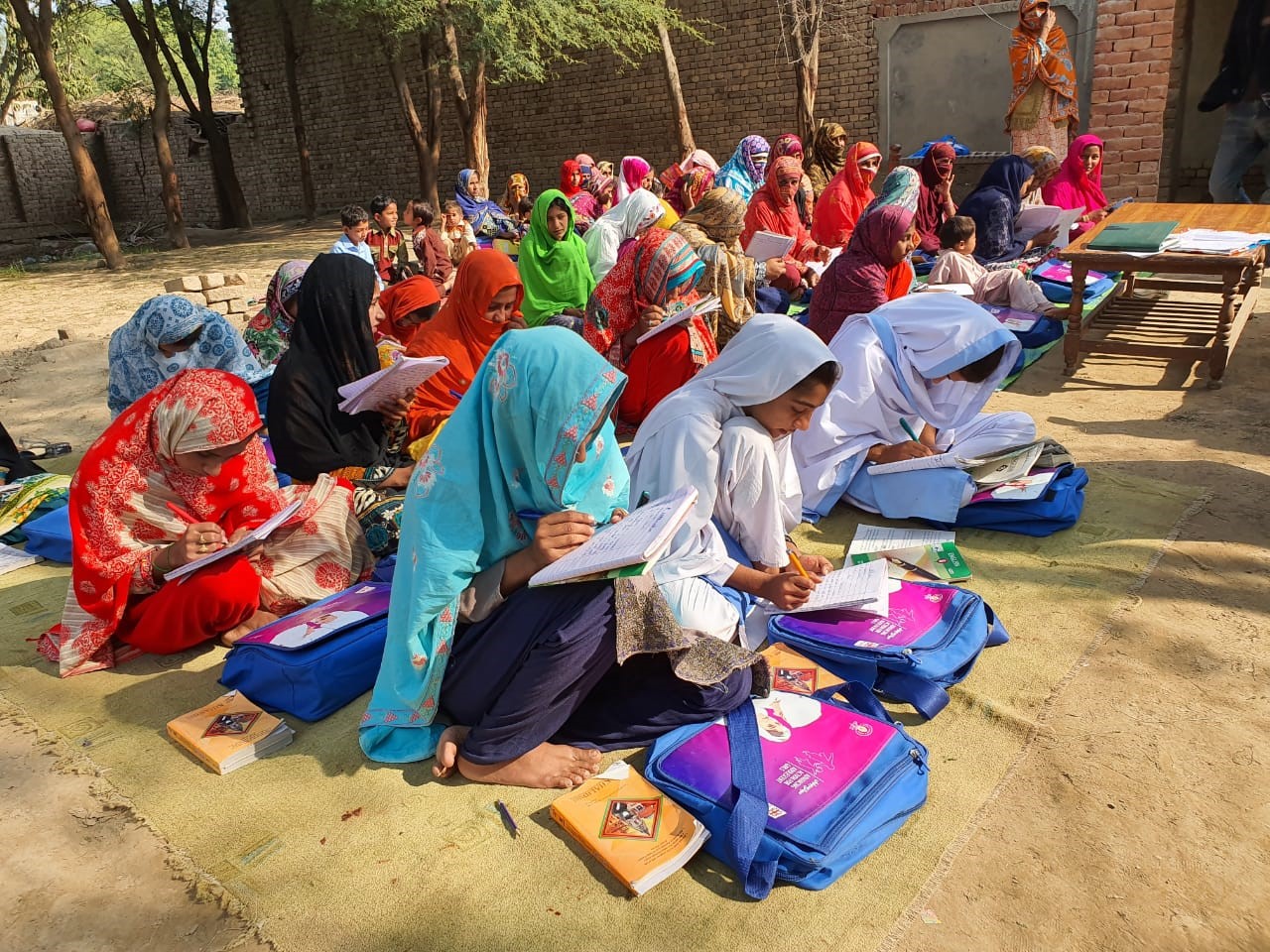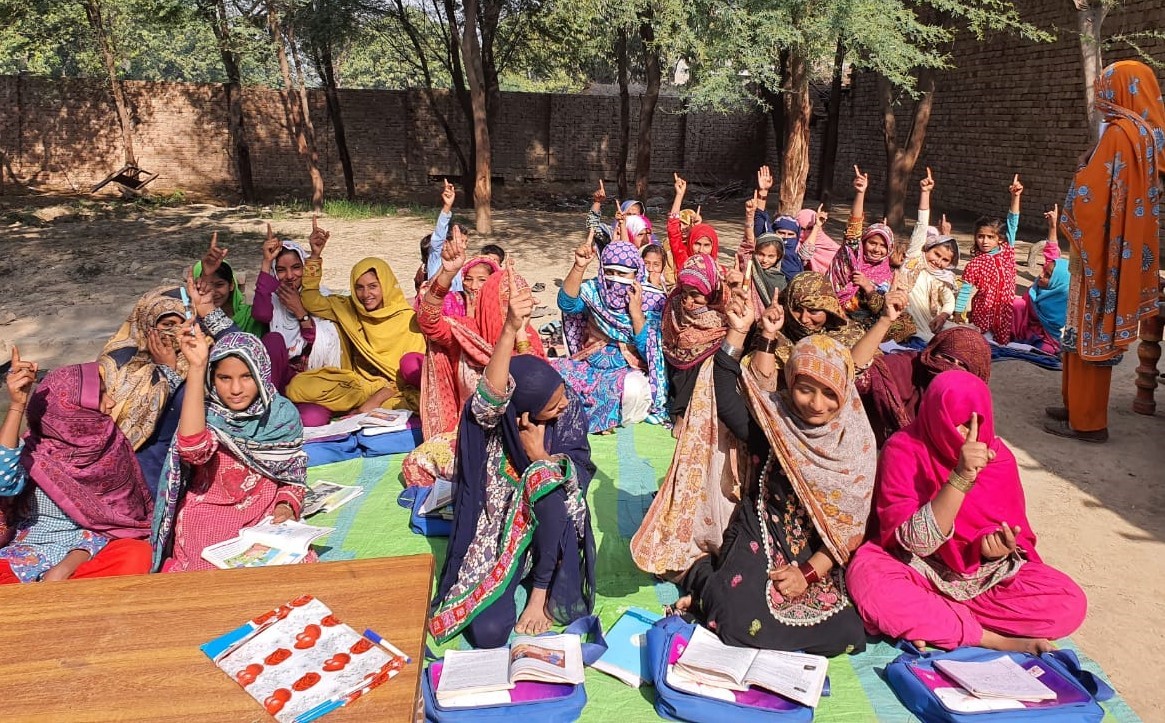By Saba Saeed and Hamza Sarfraz
Over the recent past, reform efforts and interventions in education sector have been underway across the country and particularly in Punjab. These interventions have achieved some progress in terms of education indicators but there is still a long way to go when it comes to fulfilling the constitutionally guaranteed Right to Education.
Within the context of Pakistan’s commitments to the Sustainable Development Goals, we appraise one such education intervention undergoing in South Punjab which addresses three questions i.e. What is the specific problem the intervention seeks to address? what are the root causes of the problem? and how is the intervention directly addressing these root causes?
The Siyani Sahelian (SS) intervention is a DFID-funded second-chance girls education program currently running in the three districts of South Punjab including Bahawalpur, Muzaffargarh and Rahim Yar Khan.
It is designed to mainstream and empower 22000+ out-of-school girls (aged 9-19) by imparting them accelerated/remedial learning, life skills and vocational skills leading to decent income and livelihoods. The program, now in its second year, is part of a larger DFID effort to address the challenge of girls’ education across Punjab.
Over the years, data from many sources has highlighted a significant challenge with regards to girls’ education- the persistent gender gap in access and learning.
Siyani Sahelian seeks to address this particular challenge by providing free of cost remedial/accelerated learning to out-of-school girls in marginalized areas so that, over time, they can be capable of attending mainstream schools and appear in official provincial assessments for primary, middle and secondary grades.
Contrary to earlier perceptions, the biggest impediment towards girls’ education are not cultural norms and attitudes. Limited girls’ education might actually be an access and equity issue.
Parents believe that while boys can safely go to a distant place to study and return on their own, the parents themselves will have to take responsibility for the girl child. They have strong safety concerns for their daughter. Most girls now enrolled in the schools originally dropped out of their schools as a result of the distance.
Overtime, more than 50SS centers have been converted from primary to middle grade to facilitate girls’ education. Therefore, most parents actually prefer SS centers because it directly addresses two of their major concerns vis-à-vis girls’ access to education: safety and travelling costs.
When it comes to safety, SS centers in the villages address this concern by directly engaging with the community.
Household economic conditions also emerge as a major determinant of girl child’s educational status. For resolving this issue, SS has also incorporated vocational trainings in its service-delivery to provide a long-term solution for girls’ empowerment by providing them skills and opportunities at livelihood. So far, SS has equipped 3000+ girls aged 14-21 with TEVTA certified vocational skills which builds their capacity for livelihoods and decent income.
So far, Siyani Sahelian has expanded its outreach through multiple downstream partners for a wider geography in the targeted districts through government schools, non-formal centers, private/PEF schools and community-based organizations (CBOs). The partnership with School Education Department (Punjab) and Literacy & Non-Formal Basic Education Department (L&NFBE) have made it possible to reach 22,000+ beneficiaries for a second chance program across the three districts of South Punjab.
The challenge now lies in taking the program to scale and spreading it across more contexts and settings. Active government engagement, accompanied by public-private partnerships, will help to sustain the solution.
–The writers are researchers for Idara-e-Taleem-o-Aagahi (ITA)


